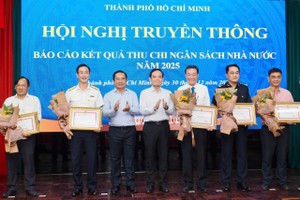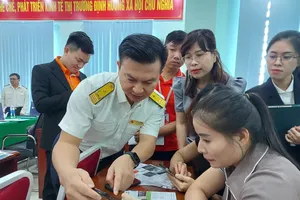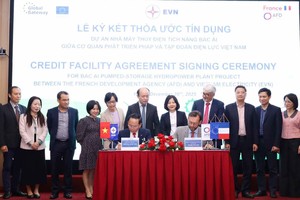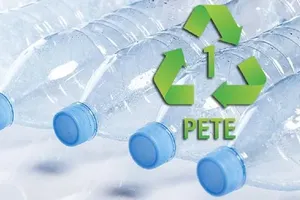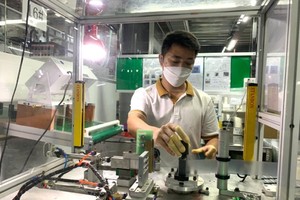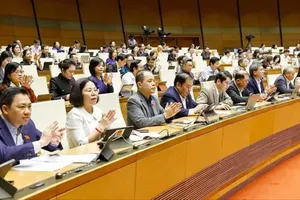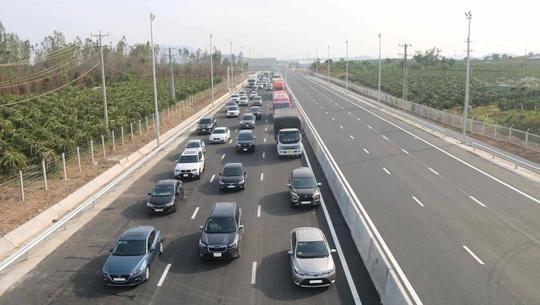
At yesterday’s seminar on challenges and investment solutions for developing green transportation organized by the Ministry of Transport in Hanoi, experts raised two issues including the development of biofuels and investment in railways. These areas are currently facing significant challenges in Vietnam and if the government can address the two issues, green transportation can be sustainable.
Biofuels, particularly ethanol, have increasingly been recognized as an indispensable component in the global energy transition. For instance, studies conducted in five major cities—Beijing, Mexico City, New Delhi, Seoul, and Tokyo—have shown that using E10 and E20 blends can reduce greenhouse gas emissions by 1.8% to 9.1%.
Another study carried out by the University of the Philippines Los Baños' Life Cycle Assessment Center in 2023 indicates that blending ethanol into gasoline could decrease Vietnam's greenhouse gas emissions by 1.67% to 14.95% compared to using pure gasoline. Thus, ethanol presents a readily available solution to mitigate greenhouse gas emissions from the road transport sector, which accounts for a substantial 80% of total emissions.
However, the production of biofuels in Vietnam has encountered numerous paradoxical and intractable challenges. A series of articles published by SGGP Newspaper with the title ‘Private E5 biofuel production factories dying due to debt’ or ‘Biofuel production turns into big debt’ has highlighted the grim reality. Numerous plants, such as the Phu Tho Biofuel Plant, the plant in Dung Quat Economic Zone, and the plant in Binh Phuoc Province—all of which received substantial state investments—have been idle for over a decade without any clear resolution. Continuing operations would result in losses, while closure is also not a viable option.
If biofuels are indeed deemed essential for the green transportation transition, government agencies must take appropriate measures regarding these plants. It would be wasteful to squander public funds and then have to seek new investments to restart these projects.
Despite the advantages of rail transport in terms of high-capacity transportation, reasonable costs, and reduced environmental pollution, investment in this sector has been largely neglected for many years. Recently, the government has committed to constructing a high-speed north-south railway. Cities like Hanoi and Ho Chi Minh City have also been promoting investments in urban rail lines. However, progress on these projects has been slow.
According to the plan, Hanoi must complete 14 urban rail lines by 2035, but only the Cat Linh-Ha Dong line and a portion of the elevated section of the Nhon-Ha Noi station line have been put into operation. The remaining lines are still on paper. Ho Chi Minh City has also set a target of completing six urban rail lines by 2035, but at present, only the Ben Thanh-Suoi Tien project is nearing completion. Other projects have not made significant progress.
At the UN Climate Change Conference in Glasgow (COP26), Vietnam made a commitment to achieve net-zero emissions by 2050. Immediately afterward, the government vigorously directed various ministries and research agencies to develop implementation plans, including the supply of green fuels and investment in sustainable transportation. Experts emphasize that to realize this goal, the machinery of state and businesses are committed to green transitions, creating specific action programs, and seeking resource mobilization solutions.
Currently, many countries and international organizations have pledged to support Vietnam with resources, technical expertise, and experience in green transformation. Domestic and foreign enterprises are also showing interest in this issue. However, to make this a reality, regulatory bodies must establish a comprehensive roadmap and legal framework, accelerate project approvals, and develop standards and technical criteria aligned with international norms. Only then can resource mobilization, both domestically and internationally, lead to successful green transportation development, ultimately achieving the target of zero emissions by 2050.


